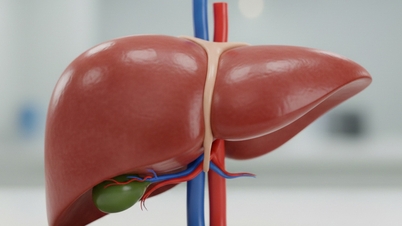Laryngeal cancer is a type of head and neck cancer. Cancer cells usually arise in the tissues of the larynx.
According to the American Cancer Society, about 35% of tumors develop in the upper part of the larynx, which is above the vocal cords, including the epiglottis. 60% develop in the middle part of the larynx, which contains the vocal cords, and are called vocal cord cancers. Only about 5% of cancers are in the subglottis, the lowest part of the larynx.
Sometimes laryngeal cancer covers multiple areas, making it difficult to locate. The tumor can spread to other organs such as the thyroid gland, esophagus, lymph nodes in the neck, and other parts of the body.
People infected with human papillomavirus (HPV) and exposed to chemicals have a high risk of laryngeal cancer. Factors that increase the likelihood of this disease are smoking (including exposure to secondhand smoke) and regular alcohol consumption. This risk is many times higher if you both smoke and drink alcohol, and can also develop other types of head and neck cancer.
According to the American Cancer Society, men are diagnosed with nasopharyngeal or laryngeal cancer four to five times more often than women. People 65 years of age or older, obese or overweight, and those with gastroesophageal reflux disease are at risk. Other factors include frequent exposure to materials such as wood dust, paint fumes, and certain chemicals used in the construction, textile, metalworking, and oil and gas industries.
Certain genetic syndromes, including Fanconi anemia and congenital dyskeratosis, also increase the risk of laryngeal cancer. Fanconi anemia is a genetic disorder that results in bone marrow failure. The disease is very serious, causing lifelong complications such as anemia, birth defects, and cancer. Congenital dyskeratosis also puts people with bone marrow failure at increased risk of cancer.
Persistent hoarseness is the most common symptom of laryngeal cancer. People with hoarseness lasting more than two weeks should be examined and screened for laryngeal cancer. This cancer often has symptoms such as persistent sore throat, difficulty swallowing, earache, neck lump, difficulty breathing, unexplained weight loss.

People with laryngeal cancer often have sore throat and hoarseness. Photo: Freepik
Depending on the tumor condition, laryngeal cancer treatment is usually chemotherapy, radiation, surgery, immunotherapy, targeted therapy. Treatment depends on many factors such as cancer stage, smoking, ability to respond to treatment, overall health. This cancer in the early stages is treated with radiation or surgery with a high cure rate.
On average, the 5-year relative survival rate for laryngeal cancer is 80%. This is based on people diagnosed between 2012 and 2018. Advanced treatments and new drugs can now improve patient survival even more.
Mai Cat (According to Very Well Health )
| Readers ask cancer questions here for doctors to answer |
Source link




































![[Photo] National Assembly Chairman Tran Thanh Man attends the VinFuture 2025 Award Ceremony](/_next/image?url=https%3A%2F%2Fvphoto.vietnam.vn%2Fthumb%2F1200x675%2Fvietnam%2Fresource%2FIMAGE%2F2025%2F12%2F05%2F1764951162416_2628509768338816493-6995-jpg.webp&w=3840&q=75)









































































Comment (0)